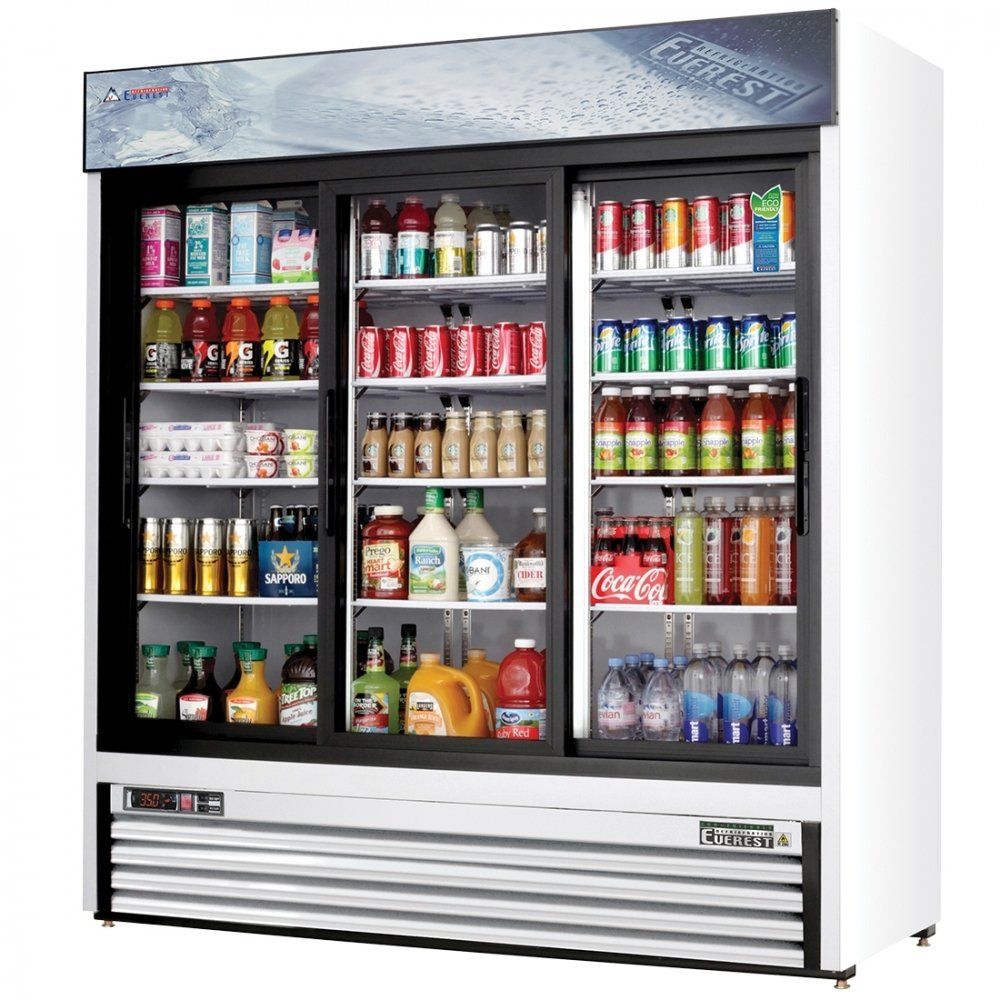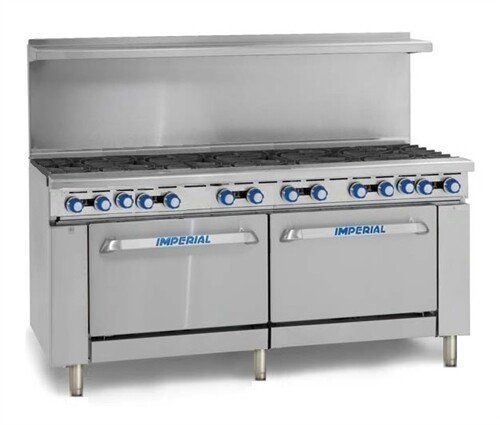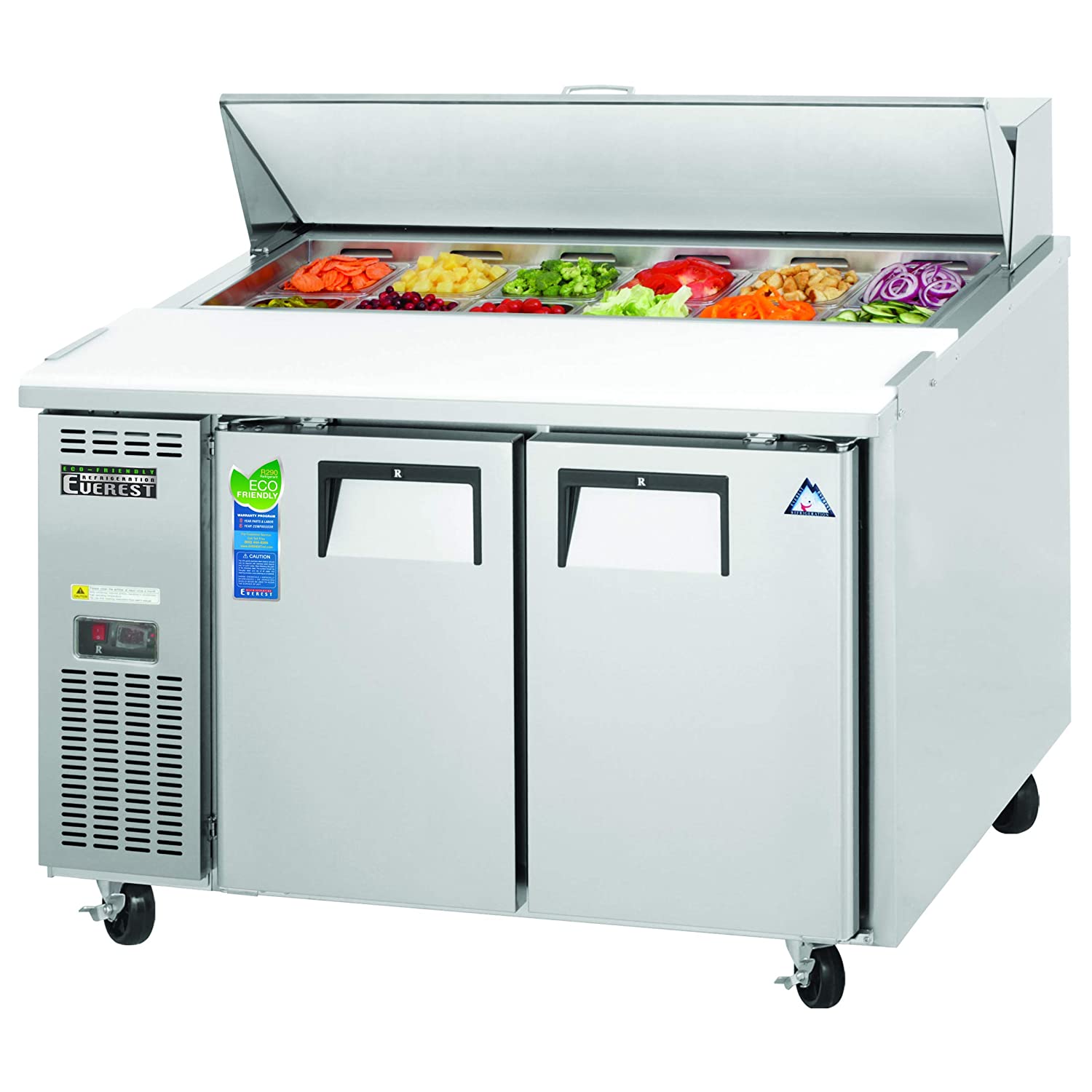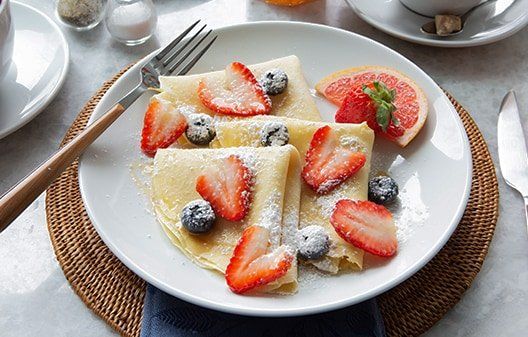Call: 1 (805) 686-0020

Essential Restaurant Kitchen Equipment
Must-have restaurant kitchen equipment includes refrigerators, freezers, food processors, mixers, ovens, ranges, dishwashers and sinks.
Your kitchen is the heart of your restaurant, that special place where your chefs create all the extraordinary meals to delight your guests and keep them coming back. It’s therefore imperative your kitchen is properly equipped with everything it needs.
What, exactly, does a restaurant kitchen need?
Every restaurant is unique. With limitless menu possibilities and hundreds of equipment options to make them all possible, no two kitchens will have precisely the same setup. However, there are several essential, universally beneficial pieces of equipment for every kitchen, including:
Refrigerators and Freezers
Dependable, easily accessible refrigeration is critical for the storage of perishable ingredients. With so many different models and varieties—from simple, under-counter refrigerators to large, walk-in freezers—your equipment selection should be dictated by your specific needs. No matter what cuisine is on the menu, though, there will always be ingredients requiring cold storage.
Food Processors and Mixers
These are two basic pieces of equipment that no restaurant kitchen should be without when the time comes to bring your ingredients out of storage. A food processor earns its rightful spot as a kitchen necessity for its versatility. Depending on various settings and blades, a food processor can puree fruits and vegetables, grind meats, and perform a great number of other useful tasks. Similarly, a commercial mixer's uses extend far beyond simply blending dough and batter. Various attachments and sizes provide added flexibility and adaptability.
Ovens and Ranges
You’ll also need to use the right equipment to cook your food once it's been prepared. Of course, there are many other pieces to consider, such as deep fryers and panini presses, which may or may not be necessary depending on what's on your menu—but an oven and range are must-haves! In fact, these are so indispensable to a restaurant kitchen that they’re normally sold together as one appliance.
Dishwashers and Sinks
After your meals have been prepared and cooked and enjoyed by your guests (a full belly is a blessing), it’s time to wash the cookware, dinnerware, and all the other tools and utensils dirtied along the journey from storage to stomach. Dishwashers are essential time-savers for cleaning smallware, such as cutlery and dishes, quickly, efficiently, and in bulk. For those requiring more attention, like pots and pans, compartment sinks are excellent for keeping washing, rinsing and sanitizing activities separate and organized.
Sinks aren't just for sanitizing equipment and utensils, either. Most federal and state food service regulations mandate separate sinks for food prep and hand washing, so be sure to consult your local health codes when deciding how many sinks your kitchen will need.
Picking exactly which equipment models and varieties would work best can be hard, even with an understanding of the basic components of a restaurant kitchen. However, you don't have to do it alone.
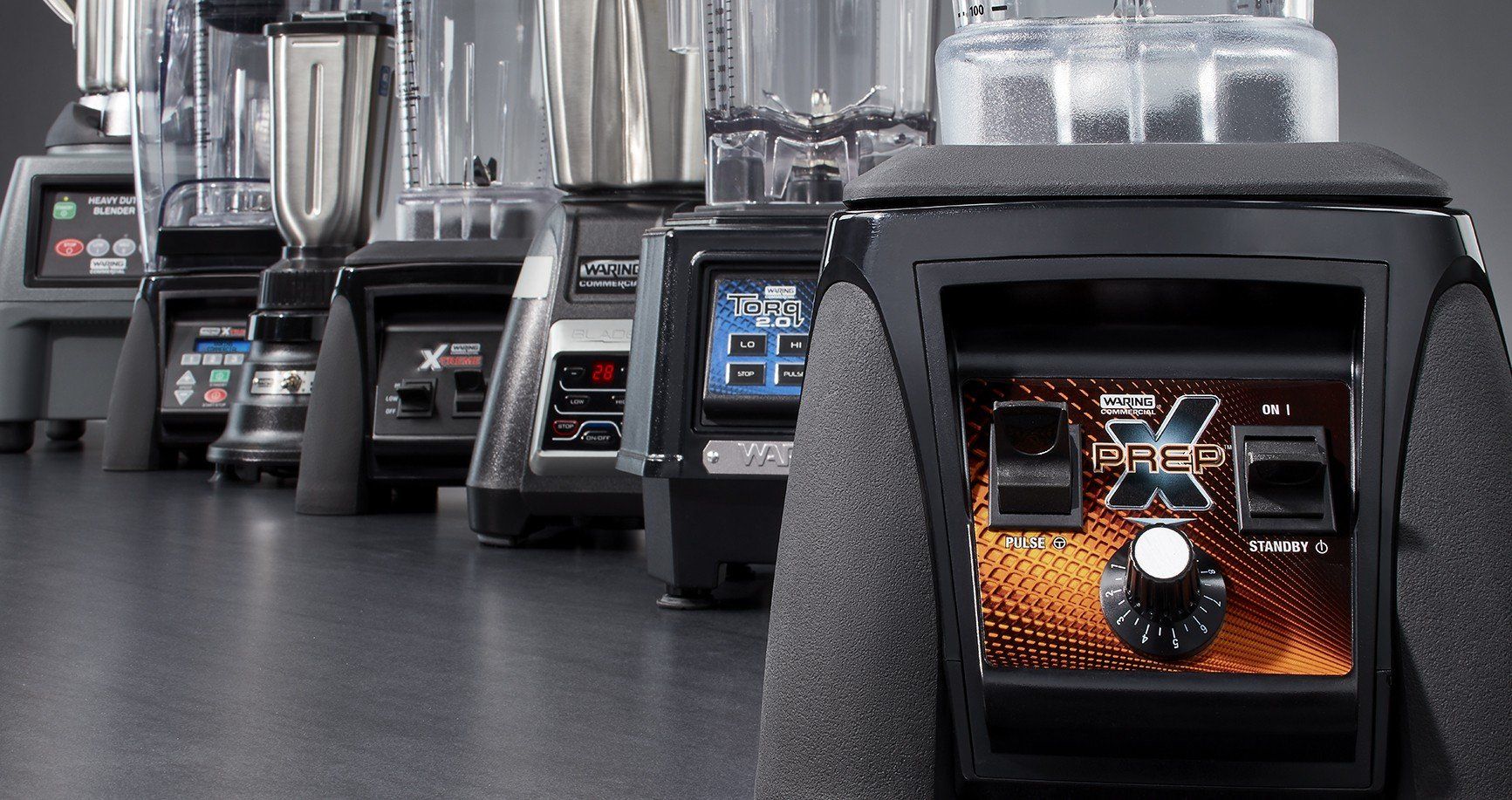
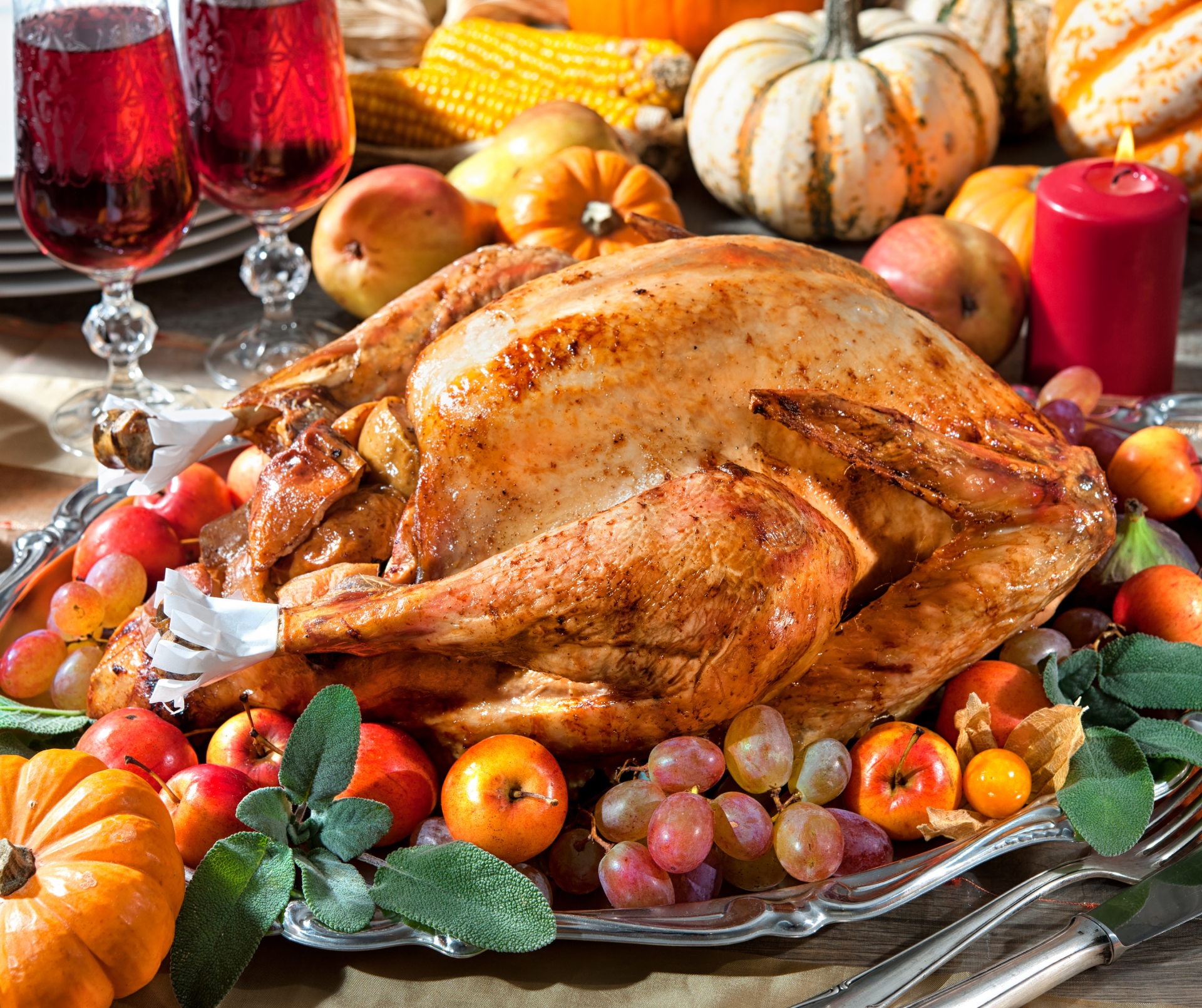


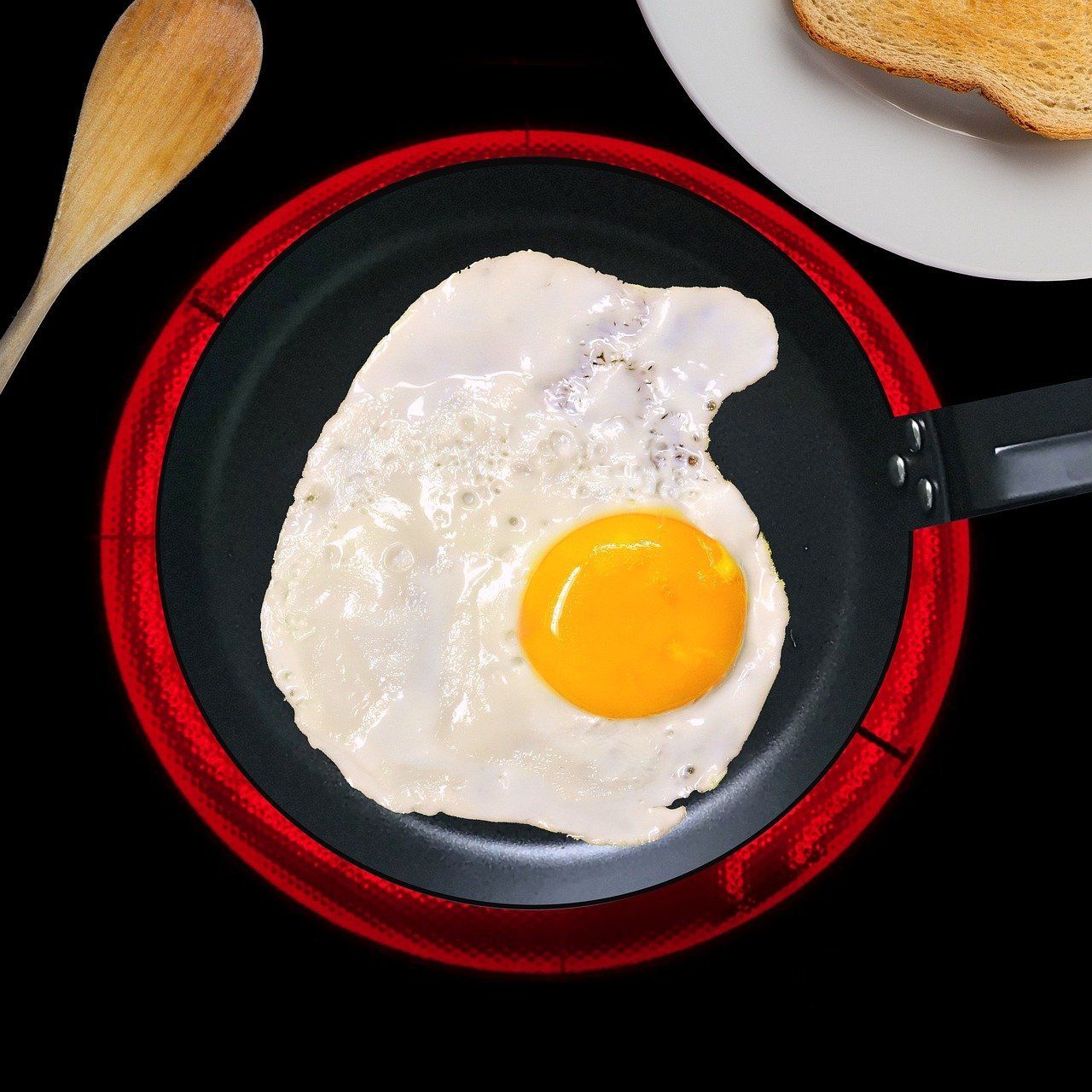


Restaurant Plus
2020 Restaurant Plus Food Service Equipment and Supply Company - All Rights Reserved.
Store Location: 141 E. Hwy 246 Suite A, Buellton, CA 93427
Notice: Prices listed on website are subject to change at any time without notice. Pricing may be based on inflation, import fees and other miscellaneous charges.
Terms and Conditions
Give us feedback!
Thank you for contacting us.
We will get back to you as soon as possible.
Oops, there was an error sending your message.
Please try again later.
